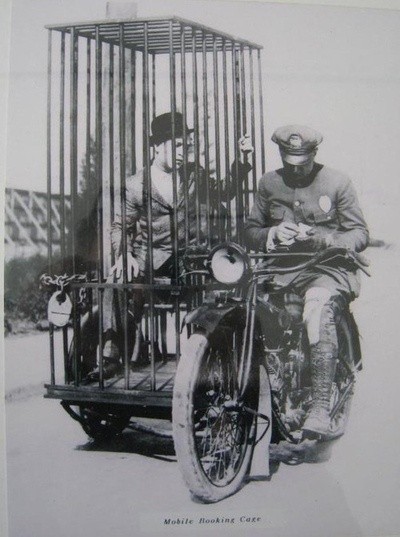Our information is inside the machine now, but soon we’ll be there, too.
We now enter queries and likes and itineraries into a networked machine that continues to learn more about us and people like us. Soon the Internet of Things will be established, and the machine will escape its casing and live among us, so quiet, not even making a hum, that we’ll barely notice it. Driverless car technology will mature and we’ll be sitting inside a computer which will be inside another computer. In our pockets will be more computers. They’ll all be measuring and tracking, tabulating, taking a pulse, all the time, not just following us but guiding us. The data will be worthwhile, will help us achieve a safer and, in some ways, saner world, but it will be almost impossible to opt out, to be left alone. We’ll be a known quantity. It will seem like progress.
The opening of “How Self-Driving Cars Will Threaten Privacy,” a wonderfully lucid Atlantic essay by Adrienne LaFrance, which opines that the “price of convenience [will be] surveillance”:
Allow me to join you, if I may, on your morning commute sometime in the indeterminate future.
Here we are, stepping off the curb and into the backseat of a vehicle. As you close the car door behind you, the address of your office—our destination—automatically appears on a screen embedded in the back of a leather panel in front of you. “Good morning,” says the car’s humanoid voice, greeting you by name before turning on NPR for you like it does each day.
You decide you’d like a cup of coffee, and you tell the vehicle so. “Peet’s coffee, half-a-mile away,” it confirms. Peet’s, as it turns out, is a few doors down from Suds Cleaners. The car suggests you pick up your dry cleaning while you’re in the neighborhood. “After work instead,” you say. The car tweaks your evening travel itinerary accordingly.
As we run into Peet’s to grab coffee, the car circles the block. Then, we’re back in the vehicle, en route to your office once again. There’s a lunch special coming up at the vegetarian place you like, the car tells you as we pass the restaurant. With your approval, it makes a reservation for Friday. We ride by a grocery store and a list of sale items appears on the screen. With a few taps, you’ve added them to your existing grocery list. The car is scheduled to pick up and deliver your order this evening.
We’re less than a mile from your office now. Just like every morning, your schedule for the morning—a conference call at 10 a.m., a meeting at 11 a.m.—appears on the screen, along with a reminder that today is a colleague’s birthday.
This is the age of self-driving cars, an era when much of the minutiae of daily life is relegated to a machine. Your commute was pleasant, relaxing, and efficient. Along with promising unprecedented safety on public roadways, driverless cars could make our lives a lot easier—freeing up people’s time and attention to focus on other matters while they’re moving from one place to the next.
But there’s a darker side to all this, too.•
Tags: Adrienne LaFrance

